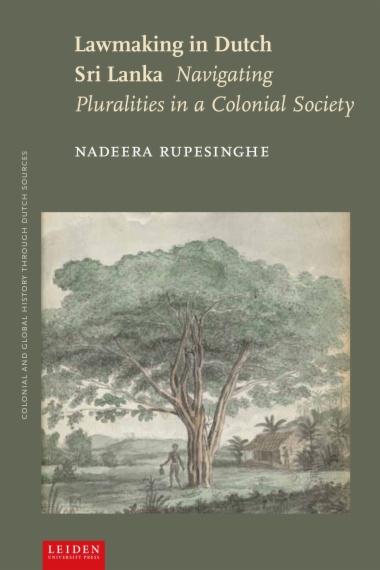In this book, Patton E. Burchett offers a path-breaking genealogical study of devotional (bhakti) Hinduism that traces its understudied historical relationships with tantra, yoga, and Sufism. Beginning in India’s early medieval “Tantric Age” and reaching to the present day, Burchett focuses his analysis on the crucial shifts of the early modern period, when the rise of bhakti communities in North India transformed the religious landscape in ways that would profoundly affect the shape of modern-day Hinduism.
A Genealogy of Devotion illuminates the complex historical factors at play in the growth of bhakti in Sultanate and Mughal India through its pivotal interactions with Indic and Persianate traditions of asceticism, monasticism, politics, and literature. Shedding new light on the importance of Persian culture and popular Sufism in the history of devotional Hinduism, Burchett’s work explores the cultural encounters that reshaped early modern North Indian communities. Focusing on the Rāmānandī bhakti community and the tantric Nāth yogīs, Burchett describes the emergence of a new and Sufi-inflected devotional sensibility—an ethical, emotional, and aesthetic disposition—that was often critical of tantric and yogic religiosity. Early modern North Indian devotional critiques of tantric religiosity, he shows, prefigured colonial-era Orientalist depictions of bhakti as “religion” and tantra as “magic.” Providing a broad historical view of bhakti, tantra, and yoga while simultaneously challenging dominant scholarly conceptions of them, A Genealogy of Devotion offers a bold new narrative of the history of religion in India.
- Table of Contents
- Acknowledgments
- Notes on Transliteration and Translation
- Introduction: Tantra, Yoga, and Sufism in the Historiography of Bhakti
- Part I: From Medieval Tantra to Early Modern Bhakti
- 1. The Tantric Age: Tantra and Bhakti in Medieval India
- 2. Sultans, Saints, and Songs: Persianate Culture, Sufism, and Bhakti in Sultanate India
- 3. Akbar’s New World: Mughals and Rajputs in the Rise of Vaiṣṇava Bhakti
- Part II: Yogīs , Poets, and a New Bhakti Sensibility in Mughal India
- 4. Between Bhakti and Śakti: Religious Sensibilities Among the Rāmānandīs of Galta
- 5. Nāth Yogīs and Rāmānandī Bhaktas: Styles of Yoga and Asceticism in North India
- 6. Agradās and the Circulation of Mughal Bhakti: Formations of Bhakti Community
- Part III: The Devotee Versus the Tāntrika
- 7. Yogīs and Tantra-Mantra in the Poetry of the Bhakti Saints
- 8. The Triumphs of Devotion: The Sufi Inflection of Early Modern Bhakti
- Conclusion: Bhakti Religion and Tantric Magic
- Appendix: List of Manuscripts Containing Compositions by Agradās
- Notes
- Bibliography
- Index

